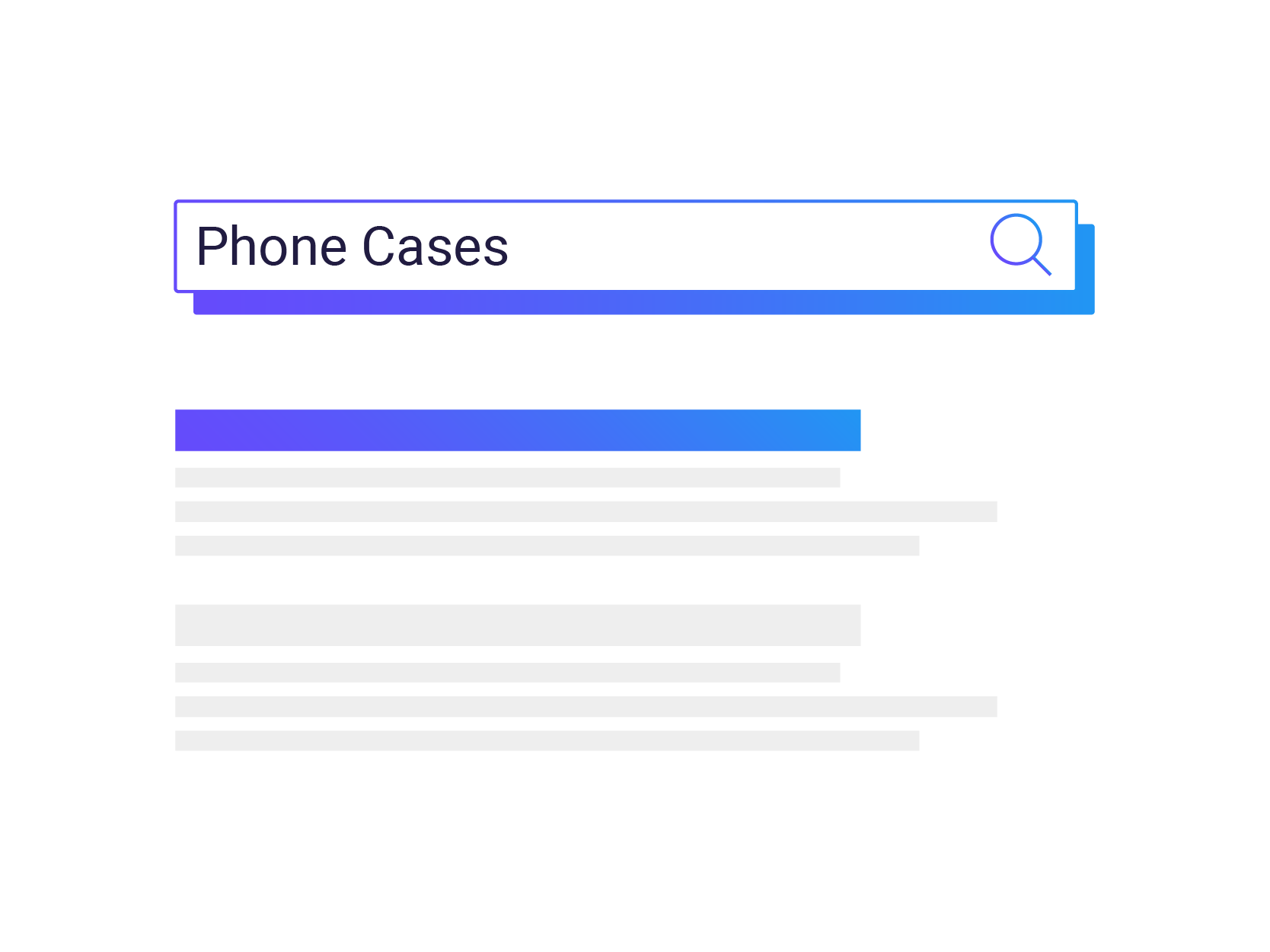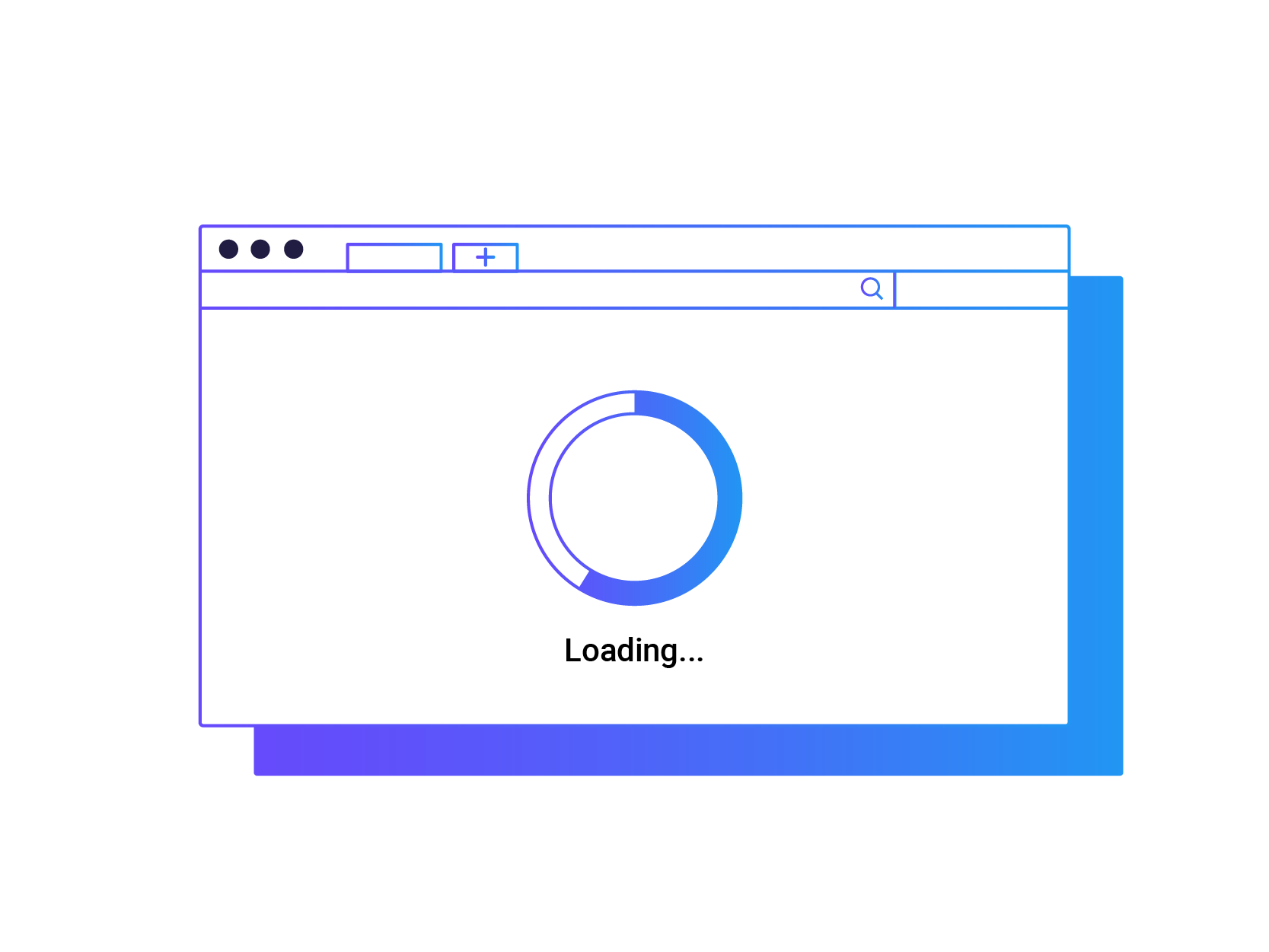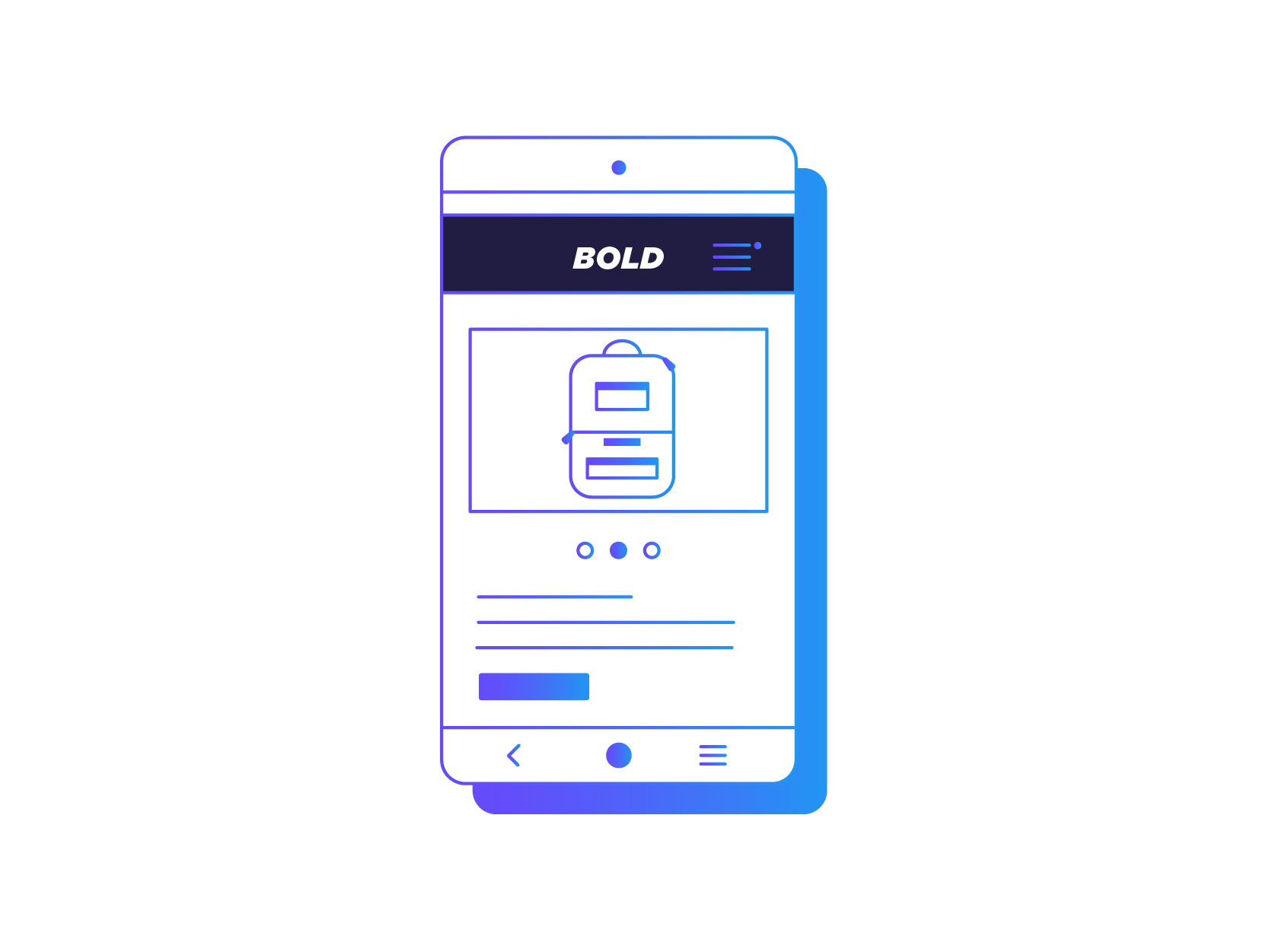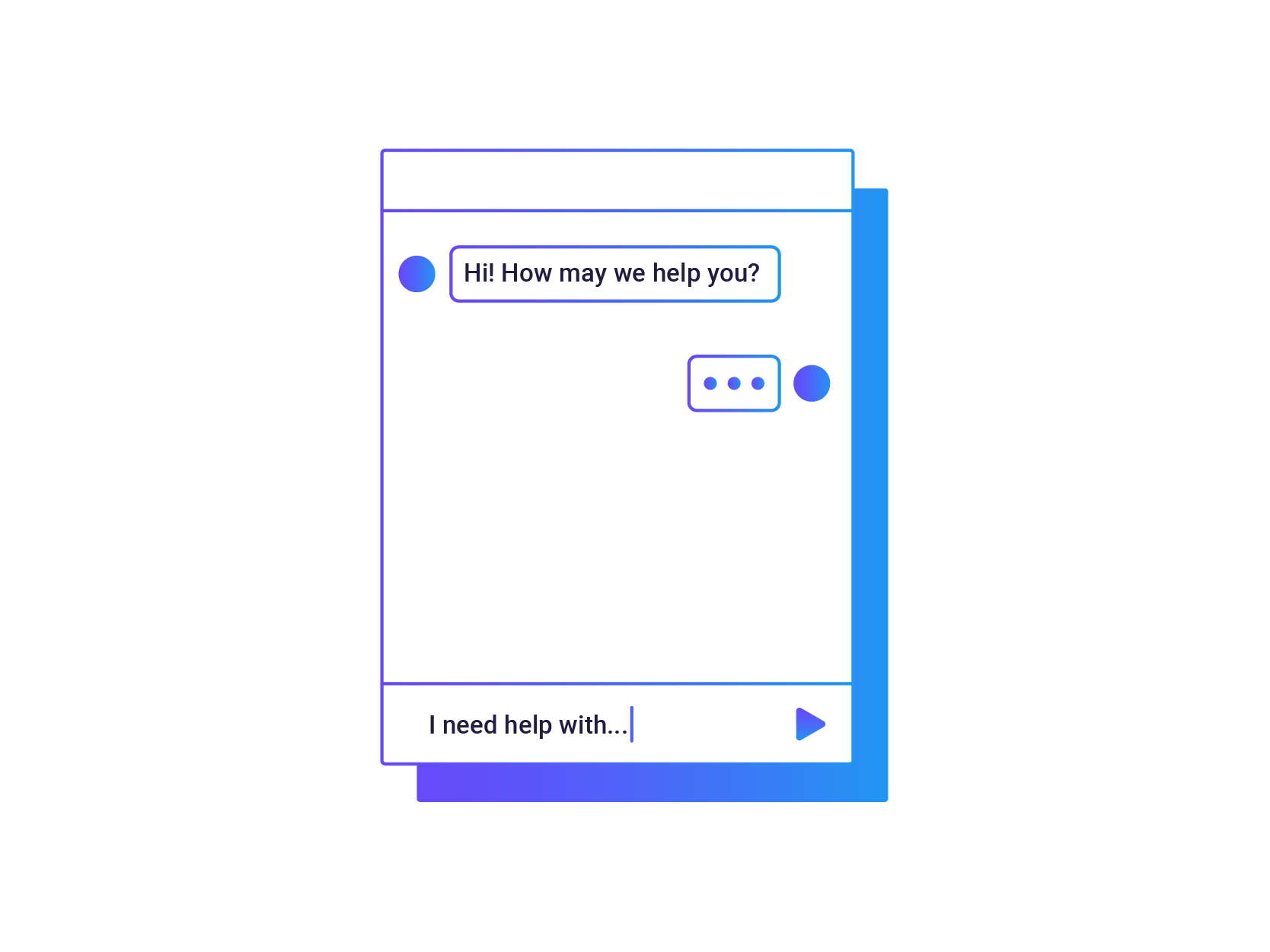
40% of US shoppers with online access report spending more of their time shopping online than in-store. This means that optimizing your store’s site for maximum conversions is more important than ever. At the very least, ecommerce merchants need to consider whether their online store is providing the best experience for online shoppers—and start building a strategy for getting ahead of the competition.
2020 Shopper Expectations for Ecommerce Stores
We’ve scoured reputable sources on the web to learn more about what consumers want and expect when buying products online. Below, we dive into some of the top expectations that online shoppers will have for their ecommerce experiences in 2020.

Easy to Find Through Search
Getting found online is the first step to managing a successful ecommerce store; without it, your conversion rate will be low to nonexistent. While word-of-mouth can be a helpful way to attract site visitors, organic site traffic can’t be ignored—Google alone records around 5.8 billion searches per day. The more easily consumers can find you on Google and other search engines, the more site visitors you will obtain, leading to higher rates of conversion (and more sales).
The mere existence of your online store doesn’t guarantee that it will appear high in search results, so extra legwork will be needed to improve your rankings and ultimately attract more shoppers. The best way to maintain a prominent online presence is to invest in a quality SEO strategy. You can find some good suggestions for improving your store’s SEO on the blog of Ahrefs, a leading SEO software suite.

Fast-Loading Pages
One simple, yet often overlooked factor in measuring the quality (and success) of an ecommerce site is loading speed. Online shoppers expect stores to load quickly and seamlessly so that they can find the products they need and check out fast. Consider these statistics:
- Nearly 70% of consumers admit that page speed influences their likeliness to buy.
- 90% of consumers have left an ecommerce site because it did not load in the time expected.
- 57% of consumers have left a slow ecommerce site and then bought from a similar retailer.
- 53% of consumers stated the biggest issue they had with slow retail sites is that they are wasting their personal time.
- For every second delay in mobile page load, conversions can fall by up to 20%.
To avoid shopping cart abandonment due to slow-loading pages, make sure you optimize your online store so that it has fast loading times. Your customers will appreciate the speed and ease at which they can navigate your site, find what they need, complete their purchases, and move on to their next task. Practical Commerce has some great tips for increasing your site’s speed if it’s not performing well.

Mobile Compatibility
M-commerce, or mobile commerce, has continued to grow steadily, with sales expected to jump from $203.94 billion in 2019 to $268.21 billion in 2020. That’s over a 30% increase. As more customers search for products and make purchases on their mobile devices, a seamless mobile shopping experience becomes increasingly vital to maintaining a healthy online commerce presence. In fact, according to Think with Google, 77% of mobile shoppers are more likely to buy from businesses whose mobile sites allow them to make purchases quickly and easily.
You can address this trend by ensuring that your ecommerce site is optimized for mobile shopping experiences. This way, customers can easily purchase your goods as they search for what they need from their smartphones. A few ways to improve your mobile site performance include eliminating unnecessary words, compressing images, removing pop-ups and sidebars, and using a responsive theme.

Personalization
One of the fastest growing trends in the ecommerce and marketing industries is creating a more personalized experience for consumers. In fact, according to Accenture, 33% of customers who abandon business relationships do so because personalization is lacking. Shoppers are growing to expect an experience that has been curated for them specifically as opposed to a cookie cutter experience that don’t speak to them directly.
Luckily, many new tools are becoming available that can help you personalize the online shopping experience for your customers. Enabling a chatbot to help shoppers find what they need quickly is a great way to create a personalized customer service experience, with 45% of end users considering chatbots their primary choice for customer service inquiries. Targeted cart recommendations are another helpful way to make sure consumers see the products that will work best for them first.

Benefits of Ordering from Your Site
Amazon continues to dominate the ecommerce market, with G2 Crowd reporting that 55% of consumers begin their online shopping searches there. As more shoppers become accustomed to the wealth of perks that come with ordering from Amazon, they begin to expect the same perks from other online retailers as well. Some of the benefits online shoppers have grown accustomed to when ordering products online include:
- Fast delivery, occurring within just a few days of placing an order
- Free delivery (or at the very least, free after hitting a minimum dollar amount)
- Guest checkout options to avoid creating a shopper account
- Multiple payment options (credit or debit cards, PayPal, Google Pay, etc.)
- Easy, transparent return policies with little to no cost to the shopper
As online commerce merchants continue trying to compete with Amazon for sales, they will need to find ways to adopt policies such as these, which are quickly becoming the standard. A cost-benefit analysis is a great way to determine which of these policies you can afford to implement to appear more attractive to prospective buyers.
Get Ready for 2020
As we head into the new year, make sure that your online store is optimized so that you’re prepared to meet the threshold of what shoppers want out of their ecommerce experience. This way, you can ensure that they convert into paying customers instead of passing over your business for your competitors’ sites, boosting your revenue along the way.











